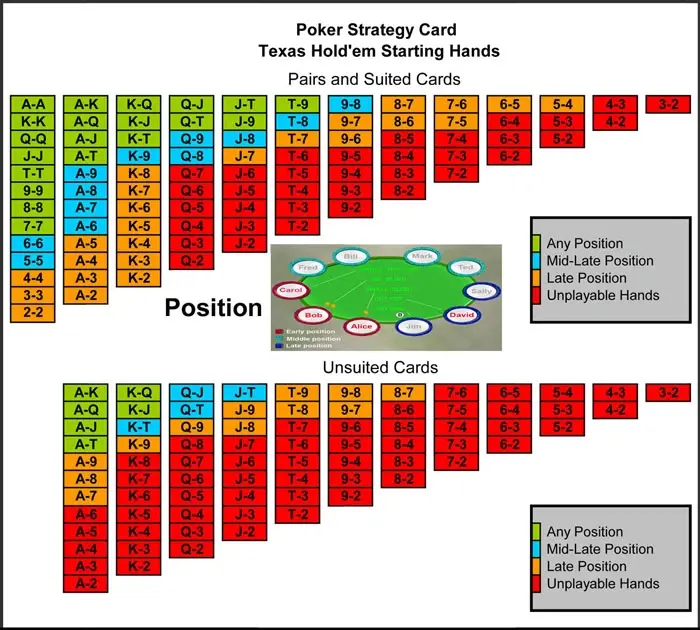How to Play Poker: Beginner’s Guide to Rules, Hands, and Strategy

Poker Basics
Poker is one of the most popular and strategic card games played both online and offline. At its core, poker is about forming the best possible hand and using strategy, psychology, and probability to outplay your opponents. Most poker games follow a similar structure involving betting rounds, community or private cards, and a showdown to determine the winner.
The objective in poker is to win chips or money by either forming the highest-ranking hand or successfully bluffing your way through the game so that others fold.
How Poker Hands Are Ranked
Understanding hand rankings is essential to playing poker. From highest to lowest, here are the standard poker hands:
-
Royal Flush – A, K, Q, J, 10, all of the same suit
-
Straight Flush – Five consecutive cards of the same suit
-
Four of a Kind – Four cards of the same rank
-
Full House – Three of a kind plus a pair
-
Flush – Five cards of the same suit, not in sequence
-
Straight – Five cards in sequence, different suits
-
Three of a Kind – Three cards of the same rank
-
Two Pair – Two different pairs
-
One Pair – Two cards of the same rank
-
High Card – None of the above
Always memorize this order—it’s fundamental in making informed decisions during play.


Types of Poker Games
There are many poker variants, but two of the most widely played are:
Texas Hold’em
This is the most popular form of poker, especially online. Each player gets two private cards (hole cards), and five community cards are dealt in stages. Players make the best five-card hand using any combination of the seven cards available (2 hole + 5 community).
Betting Rounds: Pre-flop, Flop, Turn, River
Texas Hold’em emphasizes strategy, position, and betting psychology.
Omaha
Similar to Texas Hold’em but each player gets four hole cards. You must use exactly two of your hole cards and three of the community cards to make your hand. This adds complexity and higher variance, making it a favorite among more experienced players.

Basic Poker Strategy
Even as a beginner, you can gain an edge by following these core strategic principles:
-
Play Fewer Hands, But Play Them Aggressively – Don’t try to play every hand. Stick to strong starting hands and raise, rather than just call.
-
Position Matters – The later you act in a hand, the more information you have. Play more hands from late position (like the dealer button).
-
Know When to Fold – Don’t get emotionally attached to hands. If you suspect you're beaten, fold early and save your chips.
-
Read Opponents – Watch betting patterns and behavior. Bluffing is powerful but should be used wisely.
-
Don’t Bluff Too Much – Only bluff in situations where your story makes sense and your opponent is capable of folding.
Poker Bankroll Management
One of the most overlooked yet vital parts of learning poker is managing your bankroll (your poker budget):
-
Set a Budget: Determine how much you can afford to lose before playing.
-
Play at the Right Stakes: Start at low-stakes tables to minimize risk and learn strategy.
-
Avoid Tilt: Emotional decision-making leads to losses. If you’re frustrated, take a break.
-
Track Your Results: Keep a log of sessions to analyze your performance over time.